Goannas are among the best-known Australian animals. On this page you’ll find goanna facts, pictures and videos.
Related Pages
Goanna Facts at a Glance
- Goannas are lizards in the genus Varanus.
- Lizards in this genus are known as monitor lizards.
- The word ‘goanna’ is usually used to refer to Australian monitor lizards, but can also be used to refer to a number of Southeast Asian species.
- There are 25 goanna species in Australia, and a further 5 species in Southeast Asia.
- The word ‘goanna’ may have originated from early Australian settlers referring to the lizards (incorrectly) as ‘iguanas’. (Iguanas are two species of lizard from the Americas.)
- Most goannas are large lizards, but some are huge, growing to over 2 m in length!
- The perentie (Varanus giganteus) is the largest species of goanna (and the world's fourth-largest lizard).
- Goannas are found almost everywhere in mainland Australia, but are not found on the island state of Tasmania.
- The lizards live in a variety of habitats, including trees, swamps, and arid sand plains.
- Goannas will defend themselves ferociously using their tails, teeth and claws
- They are fast runners and many are also excellent climbers and swimmers.
- Some goannas lay their eggs inside termite nests.
- Goannas are carnivorous. Most will eat any prey that they are able to catch and swallow whole.
- Goannas were once believed to be non-venomous. Scientists now think that Goannas have venom glands similar to those of snakes.
Goannas: Introduction
Goannas are a group of mostly large lizards found in Australia. Goannas are monitor lizards – lizards in the genus Varanus. Although monitor lizards are also found in Africa and Asia, the term 'goanna' usually only applies to the Australian species. However, Southeast Asian monitor lizards are sometimes referred to as goannas too. There are 25 goanna species (or around 30, if the Asian species are included).
What Do Goannas Look Like?
All goannas are largely similar in appearance, having streamlined bodies with long necks and tails. Although they look similar, the size difference between the largest and smallest species is large.
The largest goanna is the perentie (V. giantess). This fearsome outback predator can reach lengths of over 2.5 m (8.2 ft). It can be found throughout much of Australia, but is most common in the country's dry interior.
(You can find out more about the perentie here: Perentie Facts)
The smallest goanna is the Dampier Peninsula monitor. It is the world's smallest monitor lizard, reaching a total length of just 23 cm. The species was only officially named as a species in 2014. It is found on the Dampier Peninsula in Western Australia.
Another small goanna is the short-tailed monitor (V. brevicuda), which reaches lengths of around 25 cm when fully grown.
Goannas are typically dark gray, olive or brown, although some desert-dwelling goannas are white or orange-yellow. The skin is often patterned with stripes, bands, circles, blotches or speckles of a contrasting color (often light gray, yellow or white). This helps the lizards blend in to their environment.
Where Are Goannas Found?
Goannas are found throughout mainland Australia but are not present on the island state of Tasmania.
Some goanna species, such as the sand goanna (V. goaldii), have a very large range (the area in which a species is found), and are present throughout most of mainland Australia. Many other species are restricted to far smaller areas. For example, the blue-tailed goanna (V. doreanus) is thought only to occur at the very northern tip of Cape York Peninsula in Queensland.
Goanna Habitat
Goannas are found in a number of different habitats.
Many goannas, such as the perentie (V. giganteus), are ground-dwelling and inhabit sandy plains and rocky outcrops in Australia’s arid interior. Others, such as the lace monitor (V. varius) are largely arboreal (tree-dwelling).
You can see a lace monitor in the video below. Listen out for the breathing noises it makes, which may indicate that it is feeling threatened by the cameraman.
Some goanna species are found in coastal and freshwater habitats. These include the mangrove goanna (V. semiremex) which occurs in swampy coastal environments. Merten's water monitor (V. mertensi) inhabits rivers and lagoons in northern Australia.
Behavior
Goannas are usually diurnal (active during the day). Many ground-dwelling species dig extensive burrows in which they can shelter. Some species hibernate in burrows during the coldest months of the year (between May and August).
Goannas tend to be solitary outside of the mating season.
When threatened, goannas will usually flee, and if able, climb a tree. If cornered, they may rear up onto their hind legs, puff up the loose flaps of skin around their neck and make hissing noises. A cornered goanna will use its powerful tail, and sharp teeth and claws to defend itself.
Goannas are known to stand on their hind legs in order to scan their environment for potential danger.
Movement
Goannas can run at high speeds and are even able to run small distances on their hind legs. The perentie is known to be able to reach speeds of around 40 km/h (25 mph).
Many ground-dwelling species will also climb trees and swim when necessary.
Goanna Life Cycle
Goannas tend to mate in spring and summer. All goannas lay eggs. Many species lay their eggs in nests or burrows, while some species lay their eggs inside termite mounds.
Eggs that incubate inside a termite nest are protected from predators and also benefit from the nest’s constant temperature. As an added bonus, the goanna hatchlings may also snack on the termites! The female goanna typically returns to help the young dig their way out.
Goanna Diet: What Do Goannas Eat?
All goannas are carnivorous, but the size of the species and the habitat in which it lives affects the variety of prey that it eats.
The smallest goanna species tend mainly to eat insects, although some small goannas specialize in feeding on small lizards.
Bird eggs form a large part of the diets of many tree-dwelling goannas. The diets of aquatic goannas include fish, frogs, crabs and shrimp.
Large and medium-sized goannas simply take any prey they are able to catch and swallow whole. Their diets may include snakes, birds, snails, marsupials and other small mammals.
As well as hunting live prey, goannas will also scavenge. The lizards are attracted to the smell of rotting meat and will feed on the carcasses of dead animals when available.
Like a snake, a goanna can locate prey by flicking out its forked tongue and picking up scent molecules from the air. Also like a snake, a goanna can unhinge its lower jaw in order to swallow large prey.
Are Goannas Dangerous To Humans?
Goanna bites are painful and may continue to bleed for an extended amount of time. They also take a long time to heal. For many years it was thought that this was caused by bacteria found in the goanna’s mouth.
It is now known that goannas (and other monitor lizards) have venom glands similar to those of snakes. Unlike snakes, however, goannas don’t have fangs with which to inject the venom, and there isn't enough of it to cause serious harm to humans.
Are Goannas Endangered?
The conservation status of most goanna species is currently unassessed due to lack of data. An IUCN monitor lizard specialist group has been formed to gather more information about all monitor lizard species, including goannas.
Goannas face various threats, including:
- Habitat loss and degradation: Land clearing (for both agriculture and urban development) has lead to loss of goanna habitat, while the removal of termite mounds and other natural features in their habitat also has a negative impact on goannas.
- Introduced species: The spread of the non-native cane toad in Australia has caused population declines in some areas. The cane toad is toxic and harmful to many native predators, including goannas. Introduced predators such as cats and foxes may prey on young goannas.
List of Australian Goannas
Below is a list of all monitor lizard species found in Australia.
- Argus monitor / yellow-spotted monitor Varanus panoptes
- Black-headed monitor Varanus tristis
- Black-palmed rock monitor Varanus glebopalma
- Black-spotted ridge-tailed monitor Varanus baritji
- Canopy goanna Varanus keithhornei
- Dampier Peninsula monitor Varanus sparnus
- Emerald tree monitor Varanus prasinus
- Hamersley Range rock monitor Varanus hamersleyensis
- Kimberley rock monitor Varanus glauerti
- Kings' monitor Varanus kingorum
- Lace monitor Varanus varius
- Mangrove monitor Varanus semiremex
- Mertens' water monitor Varanus mertensi
- Mitchell's water monitor Varanus mitchelli
- Perentie Varanus giganteus
- Pilbara monitor Varanus bushi
- Pygmy mulga monitor Varanus gilleni
- Rosenberg's monitor Varanus rosenbergi
- Rusty desert monitor Varanus eremius
- Sand goanna / Gould's goanna / ground goanna Varanus gouldii
- Short-tailed monitor Varanus brevicauda
- Spencer's goanna Varanus spenceri
- Spiny-tailed monitor ridge-tailed monitor Varanus acanthurus
- Storr's monitor Varanus storri
- Stripe-tailed goanna Varanus caudolineatus

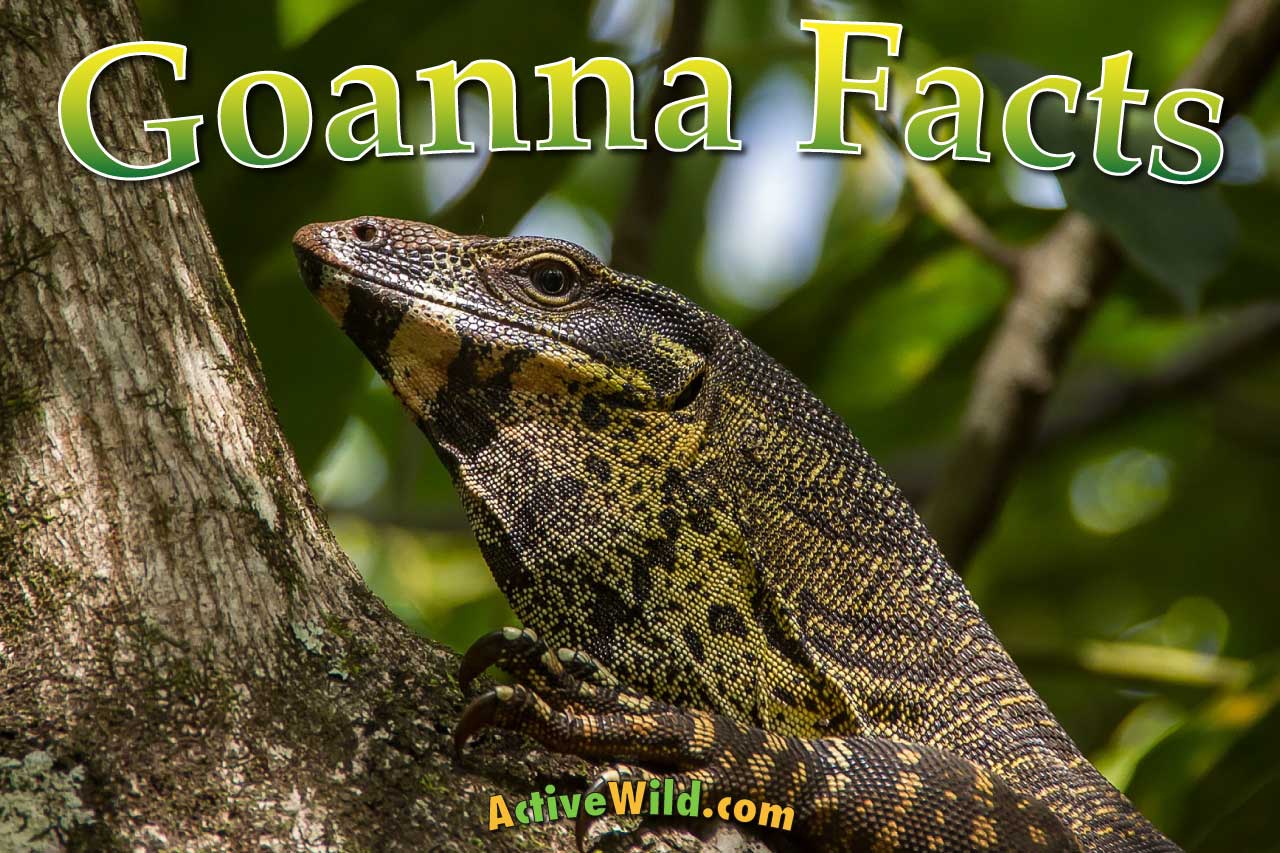
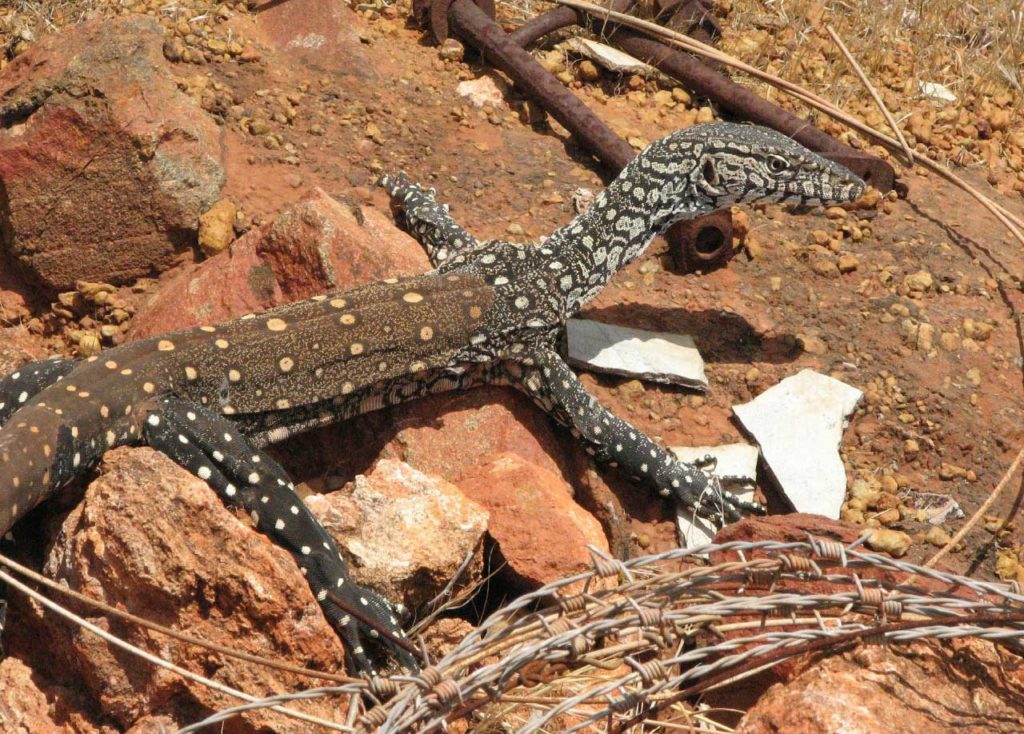
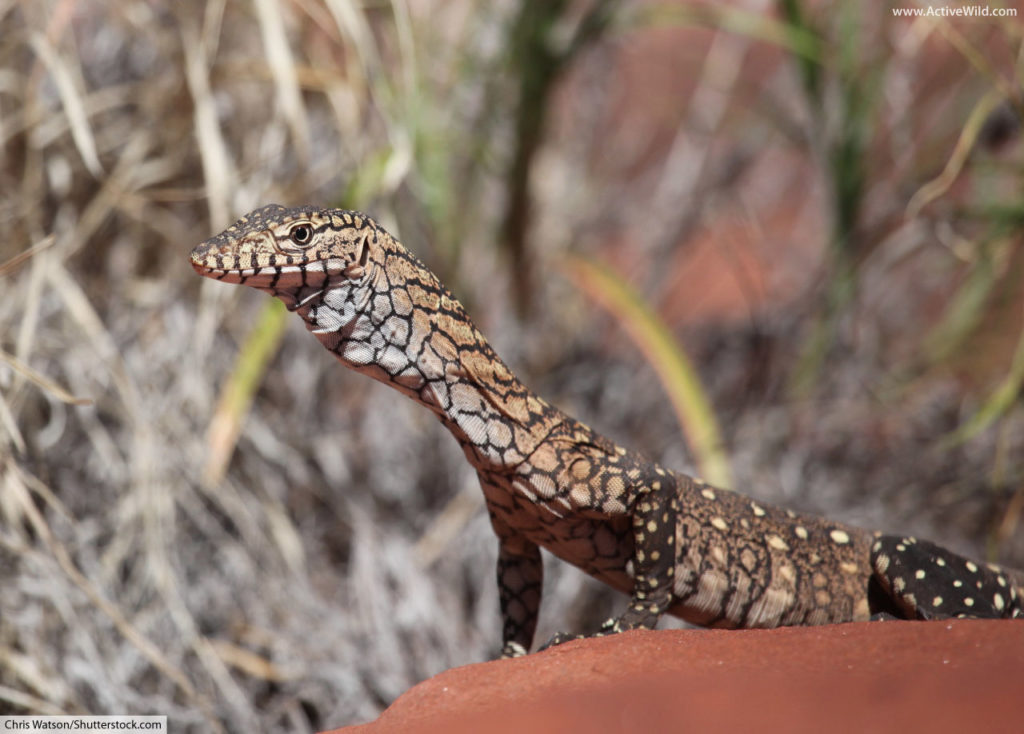
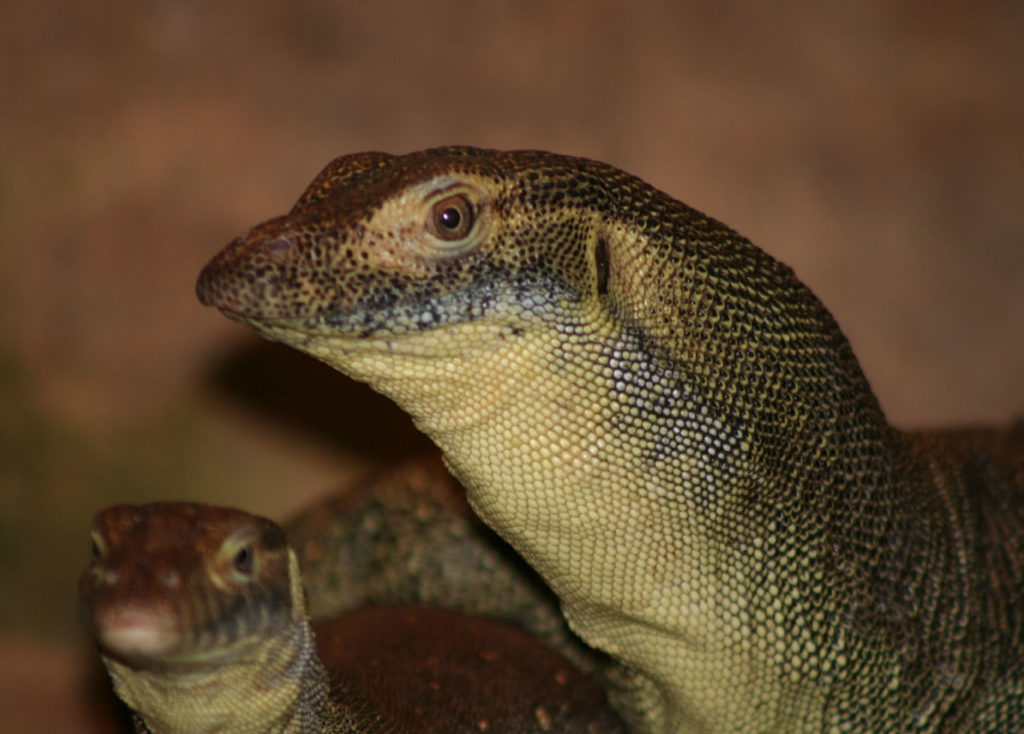
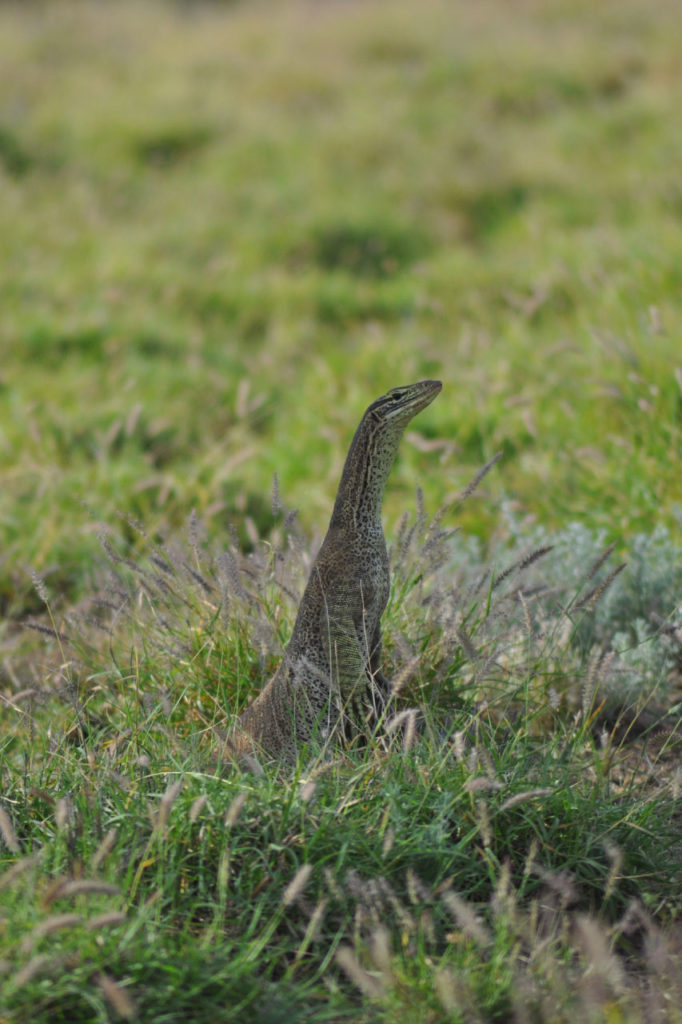
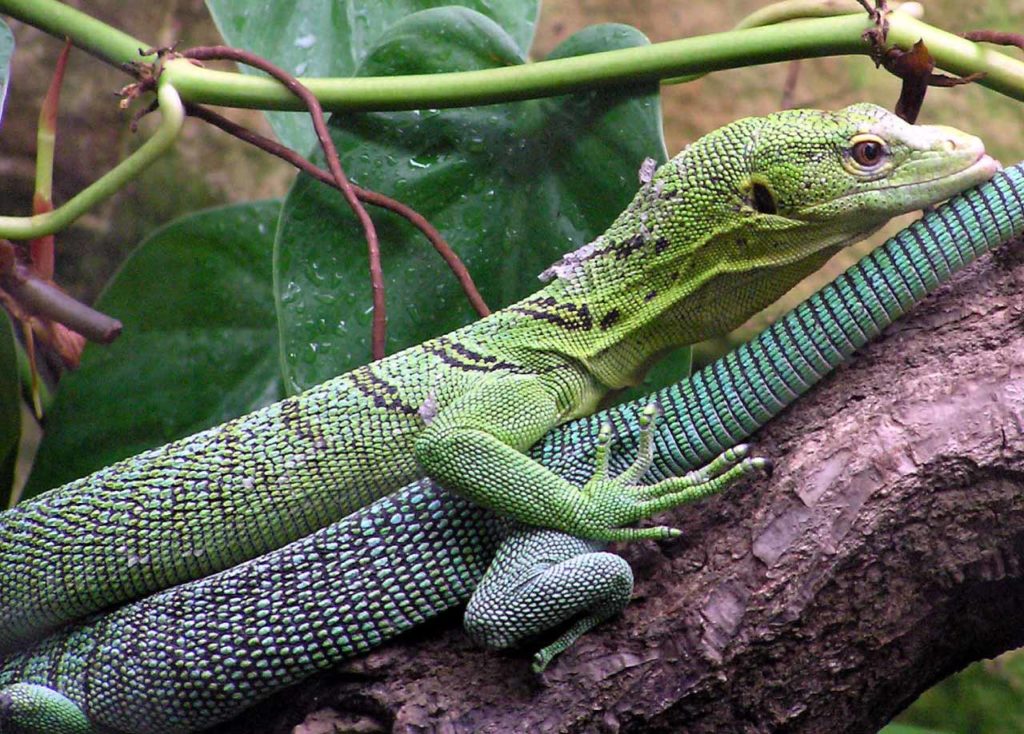
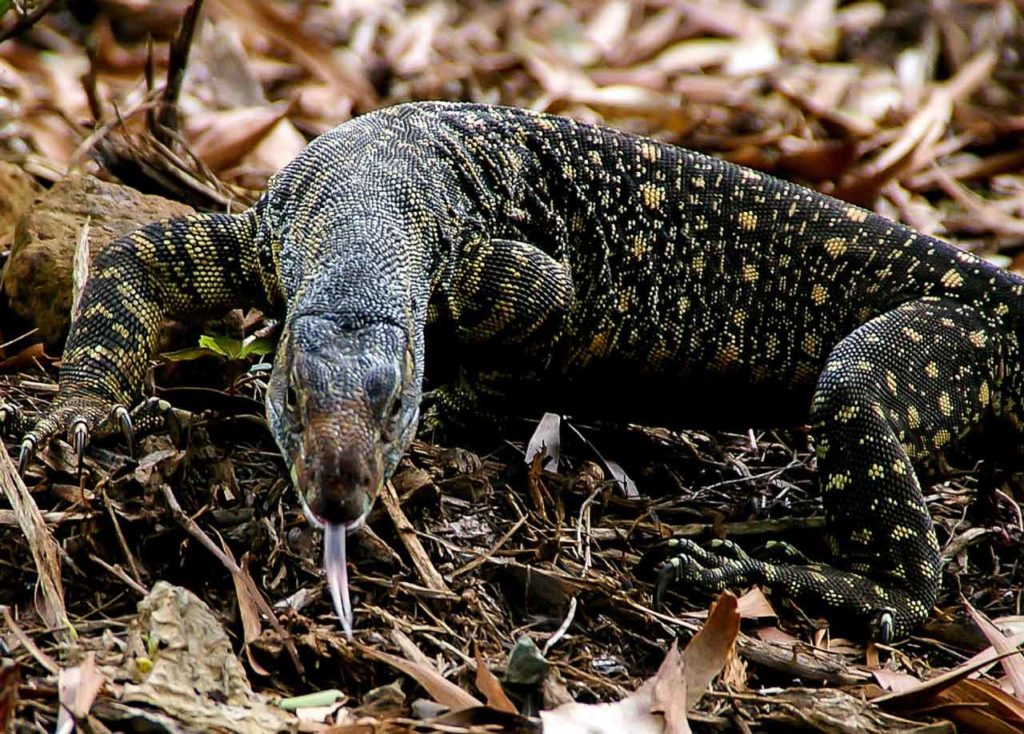

Hi I live in Murray bridge sa very sandy. I noticed two half circle holes down the back of the block close to each other. so I set a camera up on the main hole which I suspect is a sand goannas nest. After about 9 weeks I noticed a small hole about 1. 5 meters away. I was thinking they would dig their own way out following the main chamber out. Or is this not the case I got no images at the main hole. I would love your thoughts thankyou.